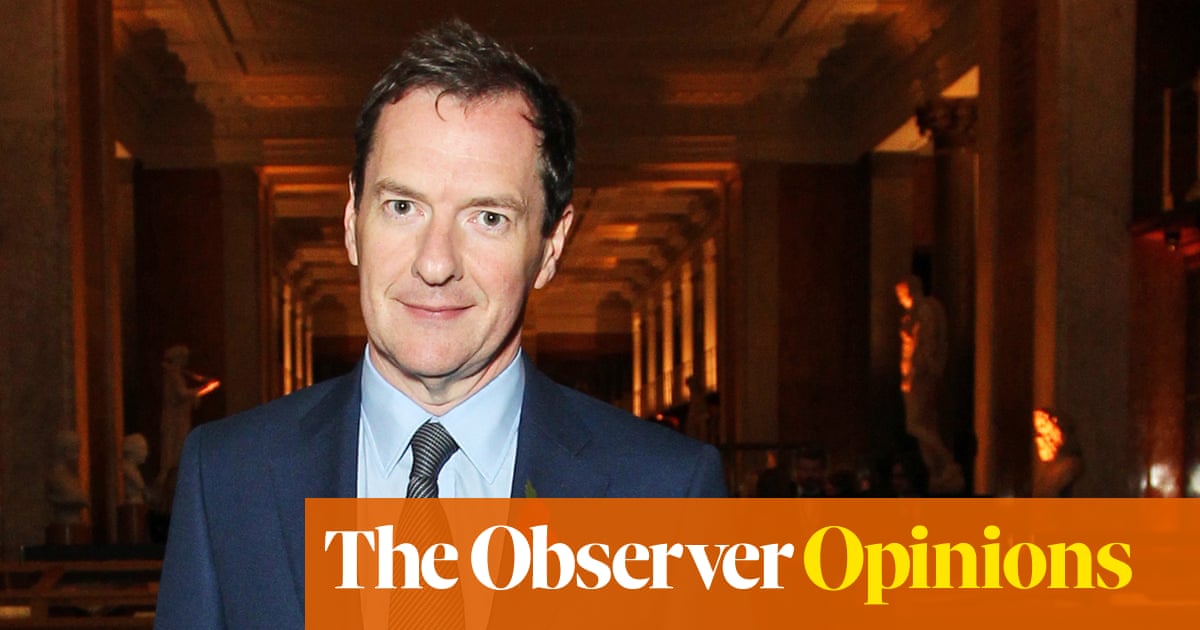
When we told people we were writing a sci-fi novel together during lockdown, they’d ask us what it was about. A reasonable question, but very hard to answer. “A love letter to genre fiction” felt insufficient, and “a military spy adventure mystery horror sci-fi queer romance thriller” too much. But now, in this glorious summer of Barbenheimer, a time of proliferating memes and T-shirts printed with hot-pink mushroom clouds, we usually answer the question with “It’s Barbie meets Oppenheimer”.
Set in 2010 in a universe just one perilous step from our own, Prophet was intended to be as comedic and subversive as Barbie and as darkly philosophical as Oppenheimer – and it also has scenes set in nuclear test towns in the Nevada desert overrun with animate plastic dolls. But the deepest connection between Prophet, Barbie and Oppenheimer is that all, in different ways, are shaped by nostalgia. Greta Gerwig’s film playfully interrogates the candy-lit utopia of a consumerist childhood, and Christopher Nolan’s complex response to the terrifying romance of the cold war nuclear desert reminds us of a time when the apocalypse was easier to comprehend because it only came in nuclear flavour.
Our subject, in Prophet, is the literal weaponisation of nostalgia. The plot is about a covert American military project that’s experimenting with a mysterious substance that causes those exposed to it to spontaneously create beloved childhood objects out of thin air – to quote Walter Benjamin, they literally “seize hold of a memory as it flashes up at a moment of danger”.
Once they create their object, they are trapped in a deadly trance clutching it, be it a doll, a teddy bear, a Scrabble set or rocking chair. This came partly from the notion of the “Valley of Lost Things”, a literary conceit discussed in Kathryn Schulz’s wonderful memoir Lost and Found that situates all the things we’ve lost in our lives in a far, inaccessible place. The idea can be found in works as various as Mary Poppins and the 1516 epic poem Orlando Furioso. But it also came from that strange, heady pang we all feel when we see a photo of something from our childhood on social media – a candy bar or a toy or the decor of a fast food restaurant. As the historian David Lowenthal maintained, we all crave evidence that the past endures in recoverable form – that some mechanism or faith will enable us not just to know it but to see and feel it.
It’s not hard to understand why nostalgia is everywhere in this era of pandemic and economic hardship. It feels as though the world is spiralling towards fascism in the midst of an accelerating environmental apocalypse, and a yearning for a lost past that seems safer and better than our present is an understandable reaction. Nostalgia flourishes in societies after wars and times of social dislocation.
In the 18th century, however, when the word nostalgia was coined by the medic Johannes Hofer (from the Greek nostos, meaning homecoming or home, and algos, meaning pain), it was to describe a military disease experienced by Swiss mercenaries on battlefields far from home; they became indifferent and haggard, heard voices and saw ghosts. Later, nostalgia was considered a vice, the consequence of not being manly enough, before shifting in the Romantic period to become a far more positive phenomenon, linked to a sense of national or cultural pride.
Today, nostalgia has become a viciously effective way to guarantee instant emotional engagement across advertising, television, movies and social media. Hollywood is so rife with it, it feels as if it’s entering a death spiral of recycled intellectual property. Following Barbie, there are Hot Wheels, Polly Pocket and Barney the Dinosaur movies all in the works. Across every sphere, late capitalism is eating itself, using nostalgia as a seasoning.
When we asked people on Twitter what single emotionally resonant object they would retrieve from their own past if they could, the responses were bewitching and often heartbreaking. Button boxes, parental jackets, grandparents’ lounge chairs, lampshades, childhood trees, pets. Some, chillingly, mentioned ex‑girlfriends. But because, as the critic Jean Starobinski explained, our longing for home increasingly shrank in the 20th century into a longing for one’s own childhood, mostly the objects were toys.
We built Prophet from nostalgic things, weaving it from tropes pulled from old spy movies: snowbound ski-chalet lairs, secret medical laboratories, shady government operatives. We gave it Bourne-style action scenes and B-movie horrors. On a different level, it’s about the legacy of trauma, dislocation and loss, all classic nostalgia triggers.
At its heart, our novel is a fable about how dangerous it is to venerate the past at the expense of the idea of a future. We’re living at a time where believing in a livable future feels increasingly difficult. The despair this belief evokes in us makes it easy to give up, stop fighting, turn to nostalgia for our refuge. As Rebecca Solnit and others have written, it takes hard work to trust that there is still uncertainty about the future. But we need that uncertainty. We need hope. We must recognise and believe that, even now, history can still be made and changed for the better by our actions.












